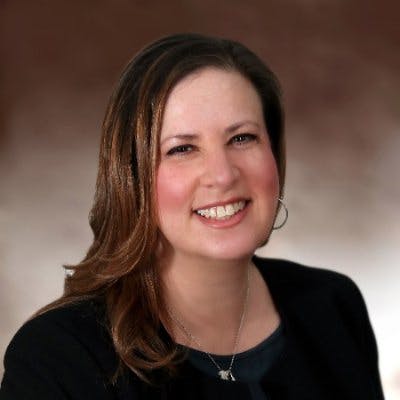
How to keep your documents and valuables safe at home and in the cloud.
Do you know where all your essential documents and valuables are? If you had an emergency, would you feel confident that they were safe? With many banks discontinuing their safety deposit box services, our go-to resource for storing our most important information and valuables is disappearing. So what’s the best way to make sure your essentials are protected when you don’t need them – and are accessible when you do?
From fireproof safes to digital storage, you have countless options to create a system that’s perfect for your needs. Here are some tips to ensure that storage for your documents and valuables is worry-free.
Weeding through the pile
Before you decide on your best options for physical storage, it’s time to do an audit of your essential documents.
The first step is to weed out unnecessary papers. “Learn how long important papers should be kept and in what format,” Pia Thompson, founder of Sweet Digs, told Apartment Therapy. “There’s no need to keep what isn’t necessary. Learn the document retention requirements for tax filings, for example, then revisit them at least annually and discard what’s no longer required to be kept.”
Next, figure out what’s already digital. As more of our day-to-day activities shift online, you might be surprised to find that many of your most important records are already stored on a digital server. For example, you can check to see if your doctor uses MyChart, which is HIPAA-regulated and stores all your medical information. Similarly, your bank may maintain a digital record of your bank statements.
Ready to downsize? Check out these great tips.
Safe and sound
Once you’ve pared down your documents, it’s time to choose your best storage option for your documents and valuables.
Some banks do still offer safety deposit boxes, but they’re increasingly rare and less likely to be in your neighborhood. And, as a 2019 New York Times article revealed, they’re not as safe as we’ve long assumed.
To keep your documents and valuables safe but accessible, many people choose to use a waterproof and fireproof safe. Many safes come with ratings that tell you how long the safe can withstand fire or flood. Look for the highest rating within your budget.
Having all your documents and valuables together in a handy little safe is ideal – unless a burglar picks it up and walks off with it. That person would then have all the time they want to try to break into it with blunt force. Most home safes aren’t rated for theft protection the way a commercial safe would be.
To deter theft, consider buying a heavier or larger safe that can’t be easily lifted. Some safes come with mounting hardware or with a steel cable to tether the safe to something immobile. Limit the number of people who know you have a safe, and keep it out of sight.
What goes in the safe?
Any important and original documents should be stored together — including passports, insurance policies, deeds, medical directives, wills, and birth, marriage and death certificates. In terms of valuables, jewelry, collectables, and precious photos can also be stored in a home safe.
Learn about living wills and healthcare proxies, two types of medical directives.
You can also keep a small amount of emergency cash in your safe, but do keep in mind that while your cash is safe from fires and floods in your safe, it’s not FDIC-insured as it would be in the bank. (It also doesn’t earn interest, like CDs do.)
Once everything is safely tucked away in your safe, it’s wise to keep a clear, complete log of what’s inside it, either on your computer or on a separate piece of paper.
Backing up your documents
If you have access to a scanner, experts recommend making a backup file of the documents stored in your safe, as well. You can keep it on your computer’s hard drive — in a clearly-named, password-protected folder — or for added convenience, you can keep it in cloud storage like Google Drive, Dropbox, Apple iCloud, or Microsoft OneDrive. Cloud storage allows you to access important papers even when you’re not at home.
Final checks
Your valuables should be well protected in your safe, but it’s not completely failsafe. To make sure you’re covered, insure valuables as individually scheduled items on a policy rider or on their own policy.
And lastly, after you’ve done all this work, choose one or two loved ones to share all this information with. In an emergency, all of this should be accessible with or without you. They should know where your document log is, how to access your safe, and any digitized information like health records or bank statements.
And that’s it! With your bases — and your valuables — covered, you can rest easy.
Protecting your health and savings with Medicare
A home safe is a smart way to protect yourself from financial loss. Another smart way to protect yourself is with a well-chosen Medicare plan. You could choose a Medicare Advantage plan that provides coverage for costly prescription drugs and dental care. A Medicare Advantage plan also protects you with a cap on out-of-pocket expenses. Have you decided to stick with Original Medicare? A Medigap plan can help pay for deductibles and copays.
To compare plans in your area, give us a call or check out our easy-to-use Find a Plan tool.
Additional resources
- ClearMatch Medicare: Find a Medicare Plan
- Reuters: “Boxed Out: Why Safe Deposit Boxes Are Harder to Find”
- The New York Times: ”Safe Deposit Boxes Aren’t Safe”
- ApartmentTherapy.com: “These 4 Important Steps Will Organize and Protect Your Most Valuable Documents”



